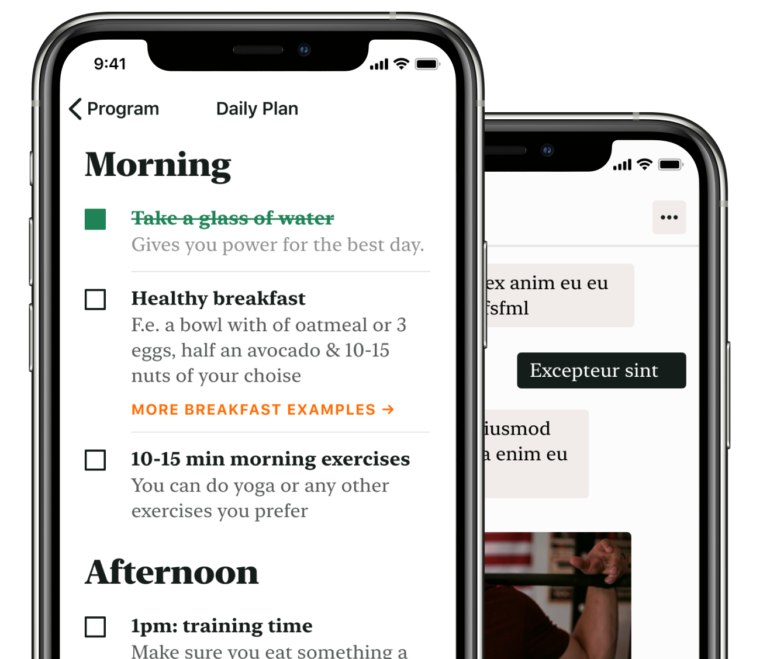The holidays are a wonderful part of the year. They’re healthy, too. Not that we need to science it, but the expression of gratitude has been directly linked to positive health benefits, and the holidays are prime time for engaging with your family and social communities to share gifts and to be thankful for each other.
However, despite the gratitude benefits that happen during the holidays, this is also the time of year when most of us experience permanent weight gain. This study found that this wonderful season is also when people put more pounds on than any other part of the year.
Furthermore, though a little of this weight is lost in January when the Holidays are over, most of it sticks around permanently.
The effects appear to be even more pronounced if you are already obese or overweight. Those who gain 5lbs or more during the holiday season are the most likely to already be overweight, meaning that if someone already has a weight problem, they are likely to put on even more weight during this time of year than other people.
Now, I did think about writing a guide to eating healthy during the holidays. I can see it now: “12 keto-recipes for thanksgiving” or maybe “gluten-free pies so good your relatives might actually eat them!”
Truth be told, though, I’m not going keto this holiday, or even gluten-free.
When the chickens—or turkeys—come home to roost, I will be first in line on the gravy train with a double helping of whipped cream on my pumpkin pie.
Besides, the benefits of community and gratitude are immense, and I don’t recommend avoiding gatherings just to protect your diet.
And so, this article isn’t about manhandling your holiday feast into a fad, health-diet imitation of one.
Instead, I’m going to show you how to armor yourself using good old fashioned biohacking to mitigate the damage with the least effort and to enjoy your feast as thoroughly as possible.
Let’s carve this turkey.
Strategy 1: Movement
In this study from North Carolina, researchers determined that 45 minutes of high-intensity exercise raises your metabolic rate for 14 hours. Because of this, my number one strategy for combating holiday weight gain is to exercise hard on the day of the feast.
Now, this study promotes 45 minutes of exercise, but I actually only do about 15 minutes. I train using a program from the book Body By Science by Doug McGuff M.D. and John Little. This program is backed by over 100 studies and is aimed at getting you the greatest health benefits from the least training time.
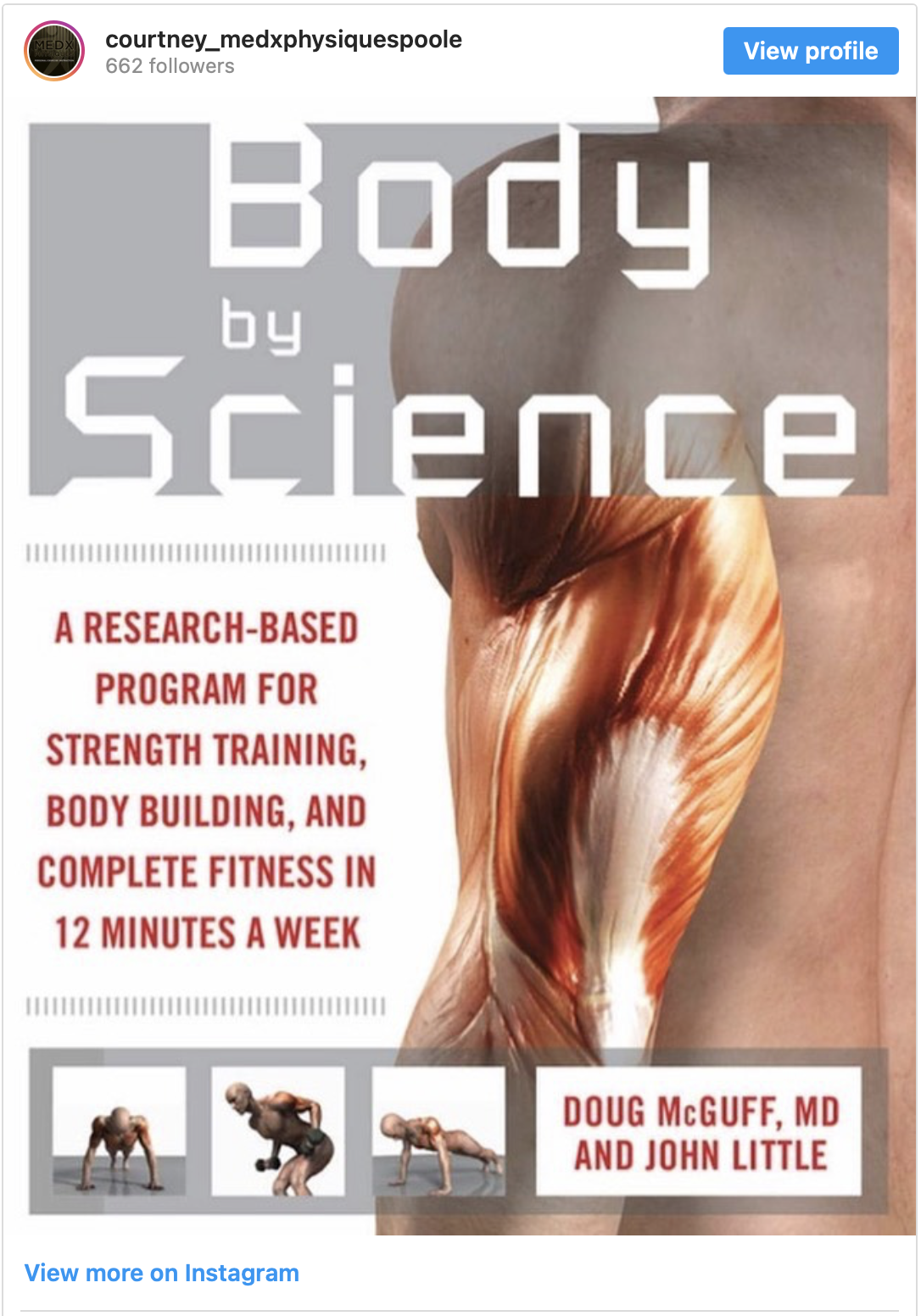
The program is designed to recruit as many muscle fibers as possible in as safe a manner possible to elicit the greatest metabolic and hormonal response.
The workout involves 3 to 5 exercises performed super-slow, taking up to 10 seconds for both parts of the exercise. For example, doing a push-up would mean taking 10 seconds to lower yourself to the ground, and then 10 seconds to raise back up to a plank position.
Your aim is to keep doing reps until you’ve spent between 90 seconds to two minutes on the exercise. You want to keep doing reps until you cannot do one more. Then you do an extra rep anyway, which you will not be able to finish.
During the last rep that you cannot finish, when you get to the point where you can no longer move your body or the weight, flex and try to hold the weight there for 10 seconds. When you finish, write down your results and move onto the next exercise quickly with very little break time (30 seconds or less.)
The Body By Science Big 5 workout is typically done on Nautilus machines using these five movements:
If you are new to exercise, using a machine is advantageous because they control your technique for you. However, I personally prefer free-weight, balance, and/or bodyweight exercises because I believe they are less likely to create imbalances and are better at developing body awareness and preventing injury in the long run.
For the holidays, I do an easier, modified version of this workout just to raise my metabolism. I use weights for many of these moves, but if you don’t have any weights you can still do this workout.
Keenan’s Body By Science Holiday Workout:
- Push-up
- Pull-up, or Door Frame Rows if you lack a pull-up bar or are not strong enough to do slow pull-ups
- Squats (bodyweight or goblet squat if you have dumbbells or kettlebells)
For each of these moves — except the pull-ups — I do 10 seconds down, 10 seconds up, just like the regular body-by-science workout, and I do as many reps as I can. When I can’t do any more complete reps, I try to do one more. When I get to the point where I can’t push myself any further, I try to hold a position for 10 seconds.
For the pull-ups, I can’t do more than 3 or 4 reps if I do 10-second intervals, so instead, I typically do 5 seconds up and 5 seconds down. However, I still hold for 10 seconds when I reach the endpoint where I cannot complete the rep.
The idea is that if you cannot do reps smoothly, shorten the time. You want to go as slowly as you can without being choppy. This could mean five seconds down and up instead of ten. Go as slowly as you can while still performing the exercise in a smooth and stable fashion.
In terms of when to work out, I train as close to my holiday meal as I can while I am still in a fasted state, meaning that I haven’t eaten anything yet for the day. Fasting is another tactic we’ll talk about more later, but training while fasting has a positive effect on fat burning and also depletes muscle glycogen.
Basically, by training fasted, when you eat later, your body will be more efficient at burning fat and also will use some of the carbohydrates from your meal to restore muscle glycogen.
The second movement technique I use is to move immediately after my meal. I know, I know, very few of us are probably in the mood to work out immediately after Thanksgiving dinner, myself included.
Fortunately, I’m not asking you to do another workout — just go for a walk or do something that will keep your body moving immediately after you eat. This study found that walking immediately after a meal is more effective for weight loss than waiting an hour and then walking.
We’ve already primed our metabolism with the body-by-science workout, now just go for a walk around the block to keep the fat-loss effect active.
Strategy 2: Eating & Not Eating
One of the best tactics for preventing weight gain from a meal is to fast leading up to the meal. Fasting helps to control blood sugar and improve insulin sensitivity, which is why I make a point to use it on the day of a big feast.
Generally speaking, it takes 12 hours without eating for your body to enter into a fully fasted state, and any time after that is when you are metabolically fasting.
Holiday feasts are a perfect time to implement fasting. Many holiday dinners start in the mid to late afternoon, rather than the evening. This means that even as a fasting newbie, you won’t have to fast as long as if you were going to fast until dinner on any other normal day.

For the second part of this tactic, I recommend breaking your fast a few hours before the big feast with a few very specific foods.
Known as the second meal effect, research found that eating low-glycemic, resistant starch carbohydrates a few hours prior to a bigger meal resulted in a better blood sugar response when the later meal was eventually consumed.
In less scientific terms, you’re less likely to gain body fat from a meal if you eat resistant starches a few hours beforehand.
Resistant starches include foods such as beans, unripe bananas, and authentic sourdough bread (which also does not contain gluten when made correctly.)
However, my favorite resistant starch is either cold or reheated potatoes. You see, when you cook a potato, then allow it to cool, it actually forms more resistant starches than if you just ate it fresh.
So at some point a few hours before your feast meal, have some potato salad or some reheated sweet potatoes. As long as the potatoes were cooled at some point after cooking, they will be high in resistant starch which will allow for the second-meal effect to kick in and keep your blood sugar more stable during your upcoming feast.
Strategy 3: Protective Supplements
This is one of my favorite strategies because it is just so geeky. Basically, you can actually protect yourself from both weight gain and negative mental and physical health effects from food using supplements.
At the time of this writing, I do not have any affiliation with the companies whose products I recommend here.
My three top supplements for self-protection are:
- Kion Lean for Blood Sugar Control
- Bioptimizers Gluten Guardian for any and all things bread
- Bioptimizers Masszymes HCL Breakthrough – supplement for heartburn prevention and general digestive health
Kion Lean
I don’t personally worry about weight gain. I am 24 years old, and I simply do not carry much body fat on my person. I also seem to take after my mother’s side of the family. Though my mother is in her 50s, she has always been lean regardless of her exercise or eating habits.
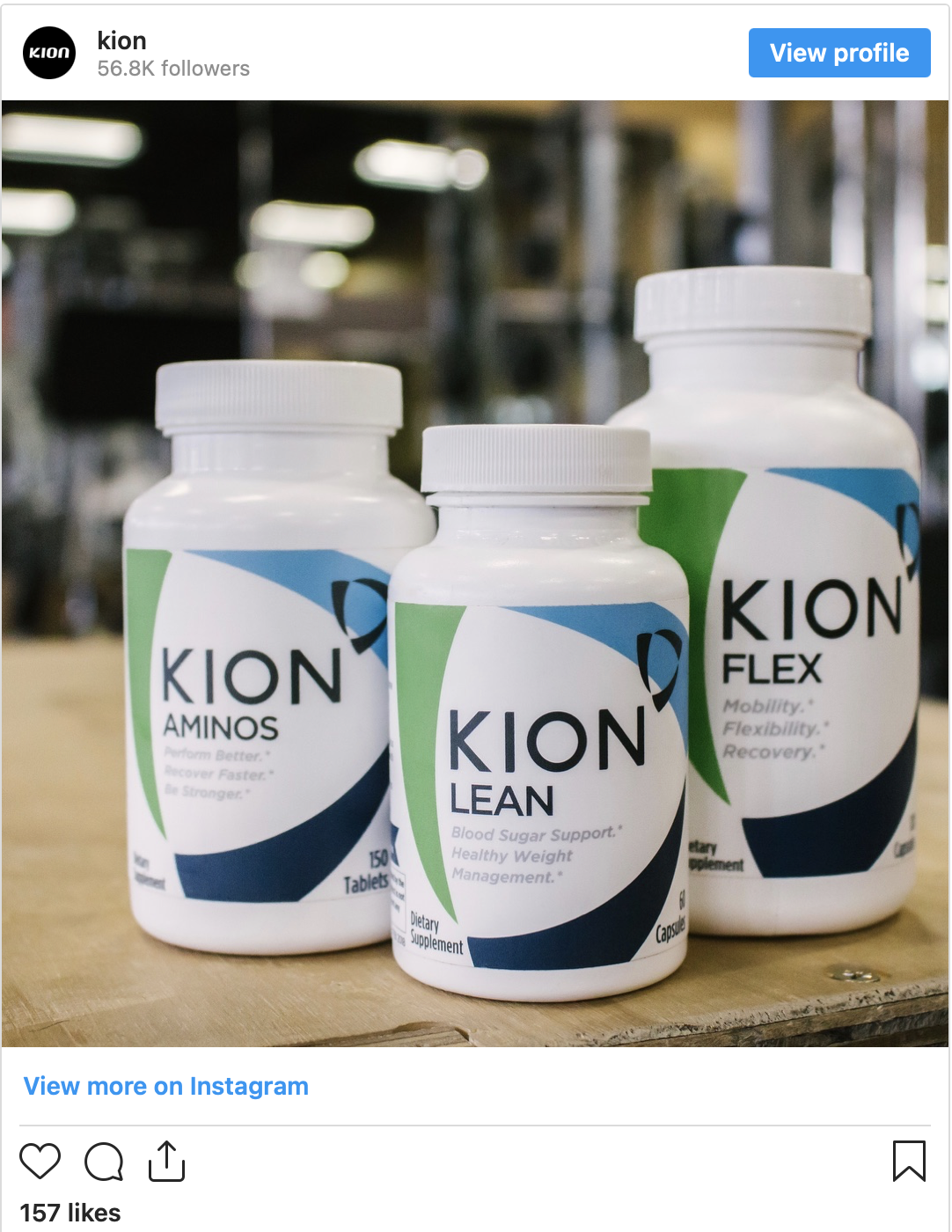
With that said, sugars and carbs have a different effect on me: they make me feel inflamed and massively increase my brain fog. Not good for someone who writes for a living.
Because of that, one of the most important things I protect myself from is blood sugar spikes.
Kion Lean is a supplement developed by my go-to source for health information: Ben Greenfield. It is a blend of Bitter Melon Extract and Rock Lotus.
Rock lotus has been shown in this study to increase glucose consumption independent of the presence of Insulin, meaning it is likely effective even in diabetics. This has been further implied in other studies. It has also been shown to reduce symptoms of diabetes as well as improve liver function.
Similarly, Bitter melon has been shown to have anti-diabetic effects in cell, animal, and human studies.
The way I use this supplement is that I take it as soon as I start the Thanksgiving feast, and then a second dose with desserts. This supplement helps me keep my blood sugar from spiking in response to simple sugars and carbohydrates, and this is the main one you’ll want to use if blood sugar and/or weight gain is your concern.
Kion Lean uses high-quality sources for both the Bitter Melon and the Rock Lotus in its ingredient blend. However, you can buy Bitter Melon on its own from many reputable brands for much cheaper.
Rock Lotus, on the other hand, I have yet to find from a clean source. All the ones I’ve found online are either made in china or have additives that I do not trust, such as magnesium stearate which is a soap used to get supplements to flow through machinery more easily.
So, if you don’t want to buy Kion Lean, get some bitter melon extract from a quality functional medicine supplement brand. Source Naturals is a pretty good option.
Bioptimizers Gluten Guardian
Bioptimizers is a company that specializes in digestive enzymes and probiotics, and their Gluten Guardian is one of my favorite supplements ever.
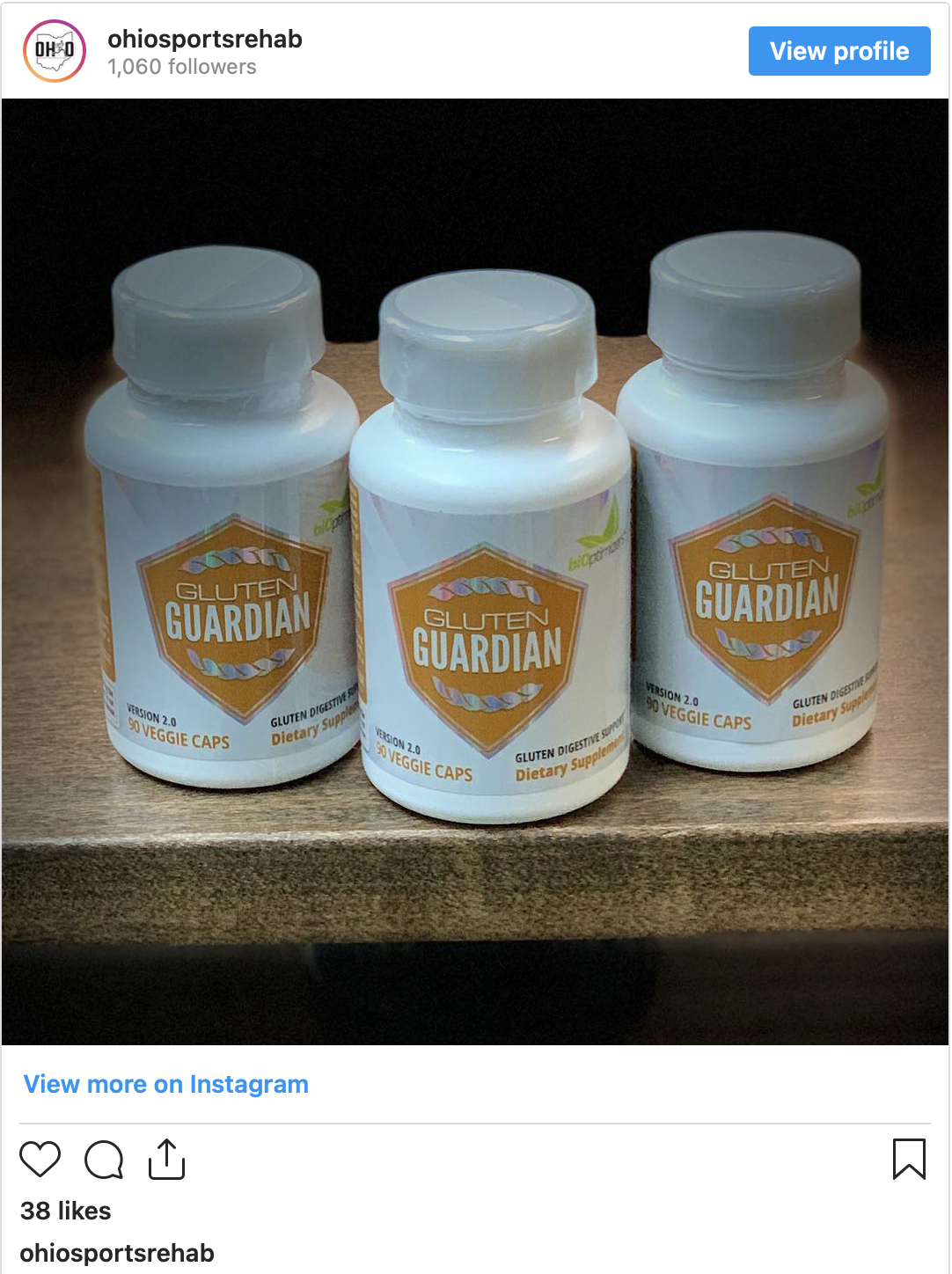
Sensitivity to gluten may be more common than people realize, especially among Europeans. The result is inflammation and gastrointestinal distress, and I personally believe that it contributes to chronic disease and mental health as well.
When I had chronic fatigue and panic attacks for two years, gluten-based foods always triggered symptoms. No one in my family has celiac disease, and my symptoms were both mental and physical with increased levels of fatigue, heart palpitations, or anxiety.
I’m healthy now, and I still avoid gluten as much as I can, but during the holidays, when so many foods contain wheat, I prefer to use supplements to protect myself rather than try to avoid gluten entirely.
Gluten Guardian is a blend of 8 plant-based enzymes that break down starch, including peptidase DPP-IV, which has been shown in research to break down gluten specifically and is used as a protective measure for those with Celiac’s disease.
Now, this enzyme is not meant to be a cure. If you have a medical condition where you react to gluten (such as Celiac’s disease), I don’t recommend trying to use these enzymes to eat gluten anyway. However, anecdotally, many use it as a back-up for accidental consumption.
For myself and others who do not have a severe gluten-related disease, this supplement is a great way to mitigate the damage during a bread-heavy meal.
If I know I will be eating gluten during my holiday meal, I’ll take a few of these enzyme pills, and like the Kion Lean, a few extra if I’m really laying it on with the bread and butter.
I suggest taking a few of these at the start of your meal, even if you aren’t going to eat bread. Most holiday feasts have high amounts of gluten, and unless you know 100% that yours is gluten-free, it’s better to be safe. These enzymes will help you digest any starches you eat anyway so it won’t hurt.
Digestive enzymes & HCL supplements
Kion Lean (Rock Lotus and Bitter Melon) and Gluten Guardian (8 digestive enzymes for starches, including peptidase DPP-IV for breaking down gluten) are my must-haves for the holidays, and frankly, they will do 80% of the job for you.
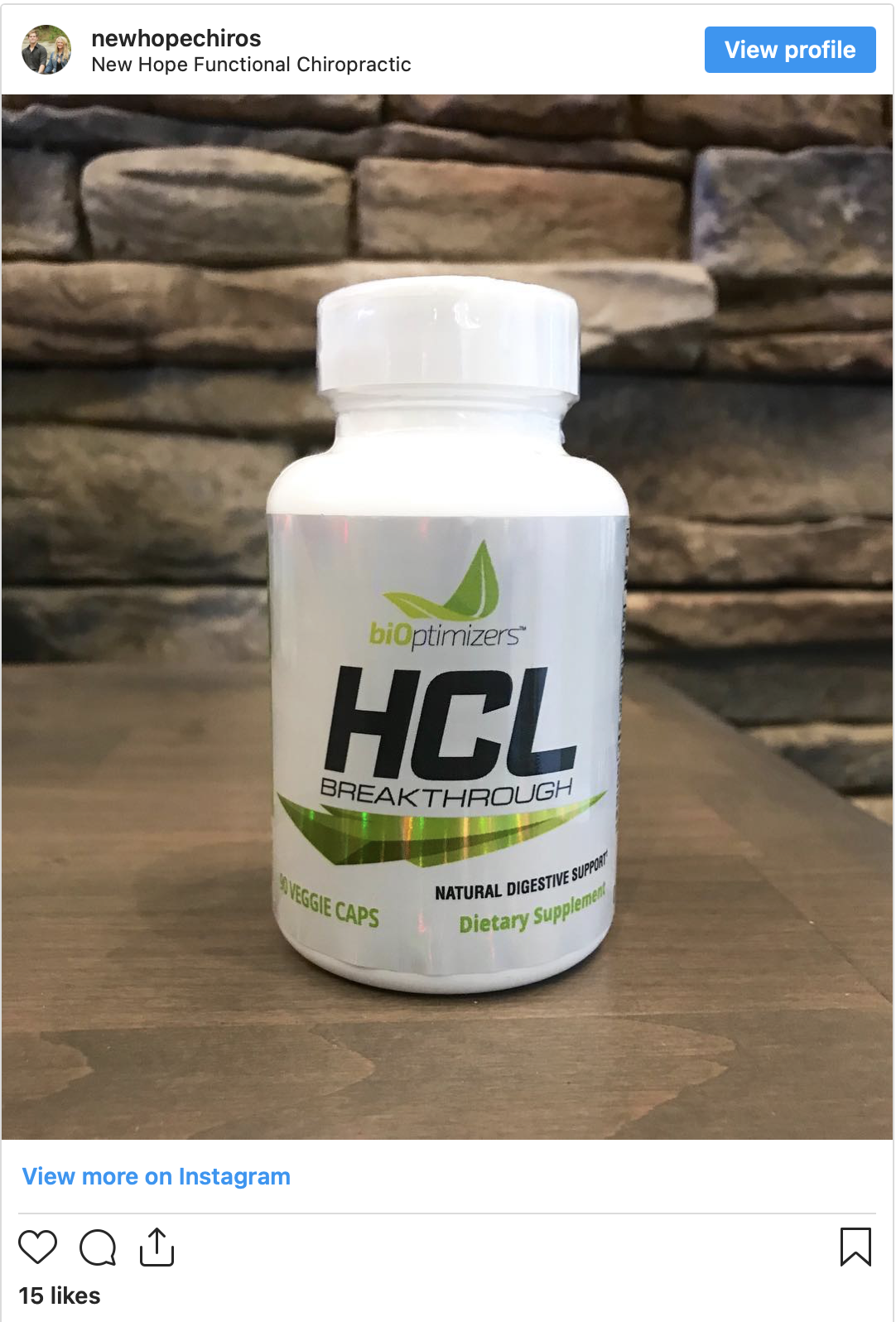
With that said, there are a few add-ons you can grab to really help mitigate the holiday feast.
For one thing, a good complete digestive enzyme supplement. Digestive enzyme supplements have been shown to be beneficial for gastrointestinal disease, and they help you break down foods more easily.
Gluten Guardian contains 8 enzymes, but they are pretty much all targeted at carbohydrates and gluten. Getting a good quality complete digestive enzyme blend will help you digest the other proteins and fats you eat with your meal.
The other big one is a betaine/HCL supplement to support your stomach acid levels. These supplements have been shown to restore stomach acid levels in both those with low levels without adverse effects.
If you ever suffer from acid reflux or heartburn, these can be a great way to avoid that.
Again, I use BiOptimizers for these supplements. My preference for things like thanksgiving is their HCL supplement, which is a natural betaine/HCL supplement that also contains digestive enzymes for fat, protein, and carbohydrates.
As mentioned at the beginning of this section, I am not at this time affiliated with BiOptimizers in any way. They are just the best I have found so far for digestive enzymes, and one of the few companies I’ve found where I notice a difference from using their products.
Other good companies for these and similar products are Thorne Research, Pure Encapsulations, and Designs for Health. These are all clinical-grade supplement companies that can often be found in the offices of functional medicine practitioners.
With all supplements, I recommend prioritizing quality over price, as supplements are an unregulated industry where the cheapest options tend to also be fake or ineffective.
Bonus: Easy and Fun Food Modifications
I promised this wouldn’t be a recipe article, and it isn’t. However, there are many holiday foods and drinks that you can swap for delicious healthy alternatives with little to no effort on your part.
This section is a simple list of some great keto, gluten-free, or just downright healthier alternatives of classic holiday table foods.
The wine industry is fraught with misinformation, and wine corporations are notoriously found in lawsuits related to harmful ingredients that aren’t on the label. For example, a few years back a class action lawsuit unveiled that many California wine companies have high levels of Arsenic in their wines.
This isn’t even to mention mold toxin content, and other problematic ingredients. However, wine can be a great and even healthy addition to the Holiday feast.
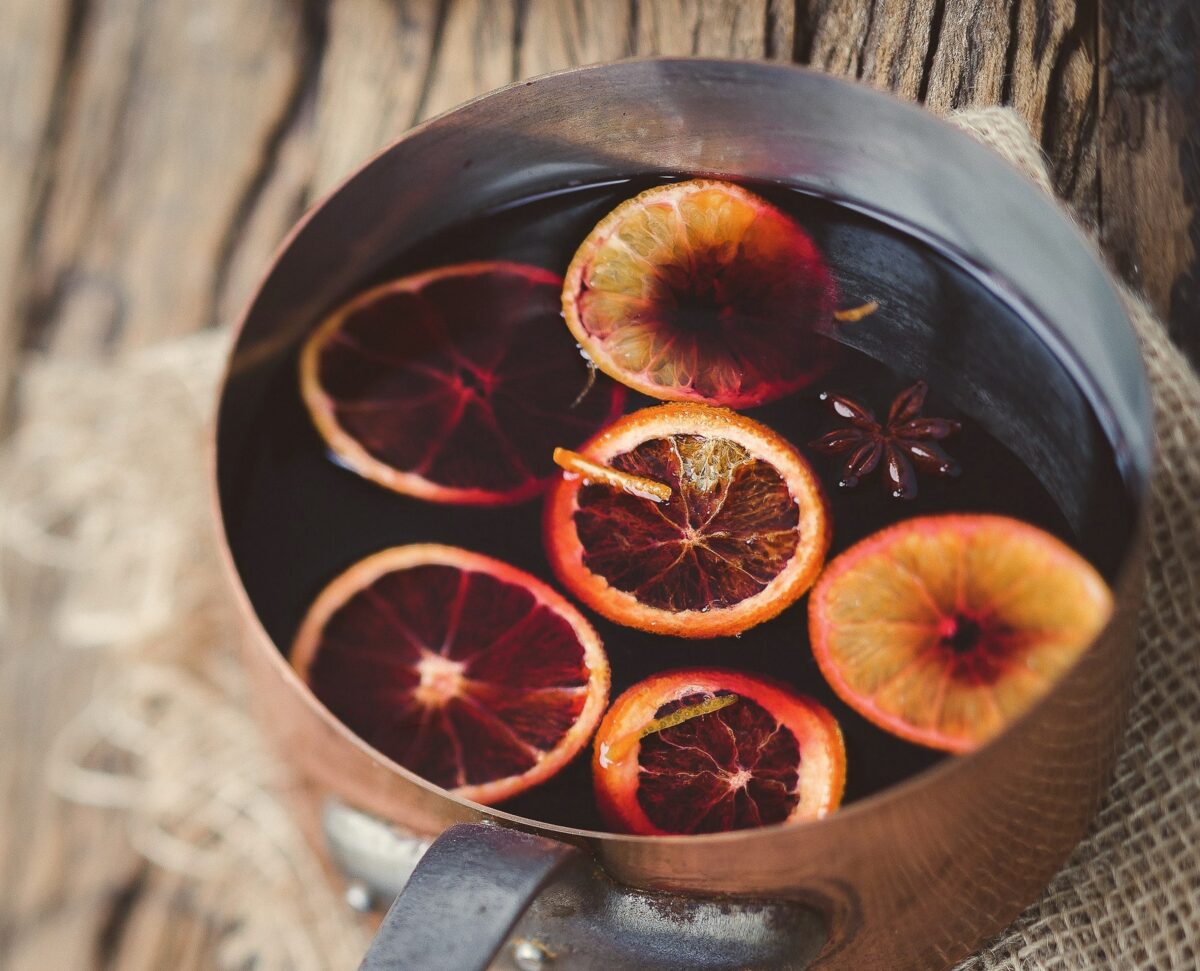
The “In Vino Veritas” study found that wine had positive effects on cholesterol markers for those who also regularly exercise, and did not negatively affect cholesterol and certain other health markers in those who do not.
Dry Farm Wines, & Fit Vine Wines are both lab-tested wine companies created with health in mind. They are also delicious and very unique. If you are a fan of wine but not of the buzzy, sugar-fueled headache the next morning, these are both a great, clean brand to try.
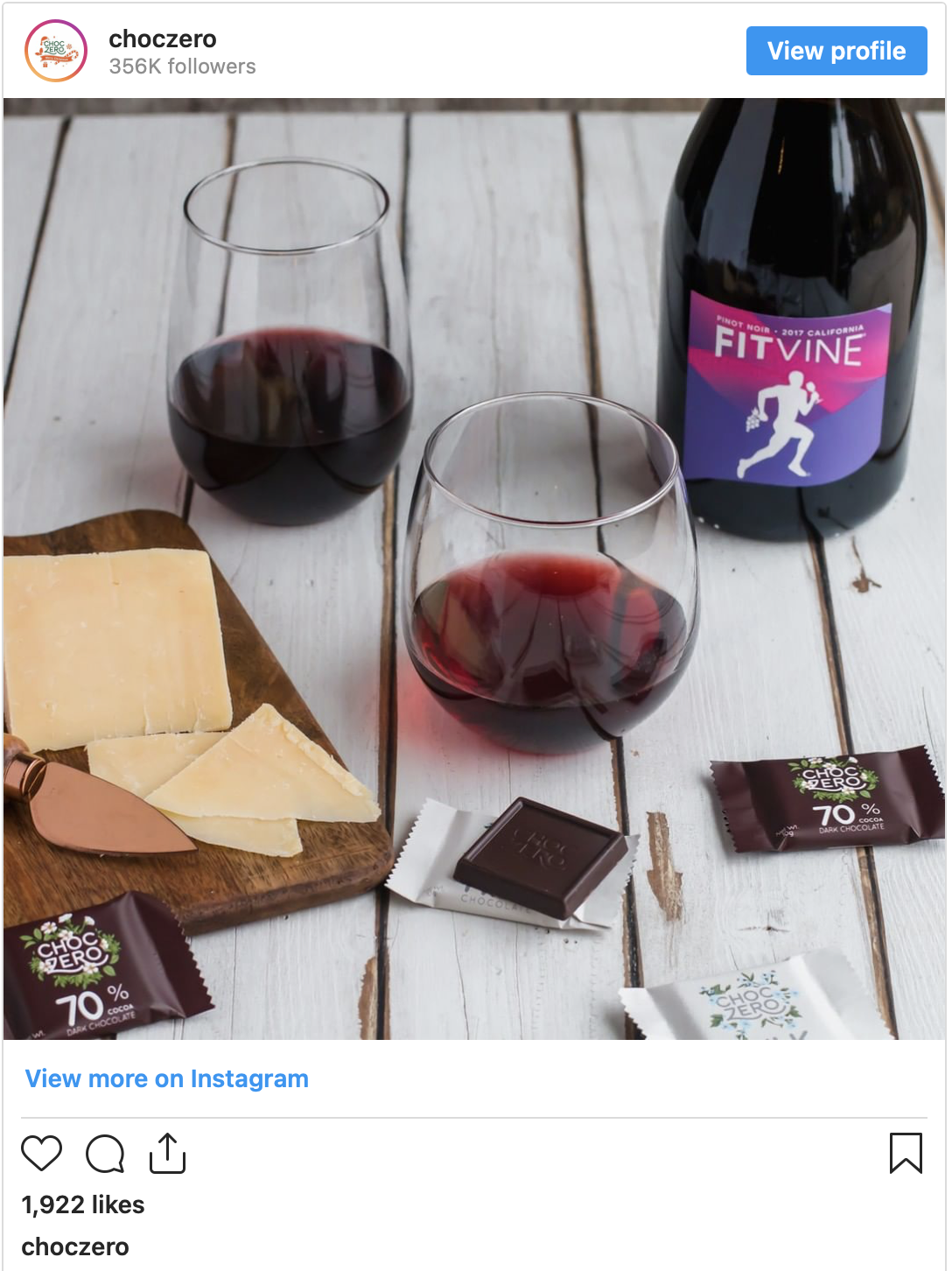
I won’t promise you won’t have a hangover if you drink several bottles, but personally I feel much better when consuming these than your typical store-bought reds.
If you want to find your own healthy wine, look for biodynamic organic wine. A google search will show you if you have access online or in your area.
You’re going to see the brand Simple Mills a few times on this list. This company specializes in baked products while being simultaneously gluten-free, non-GMO, and paleo-friendly.
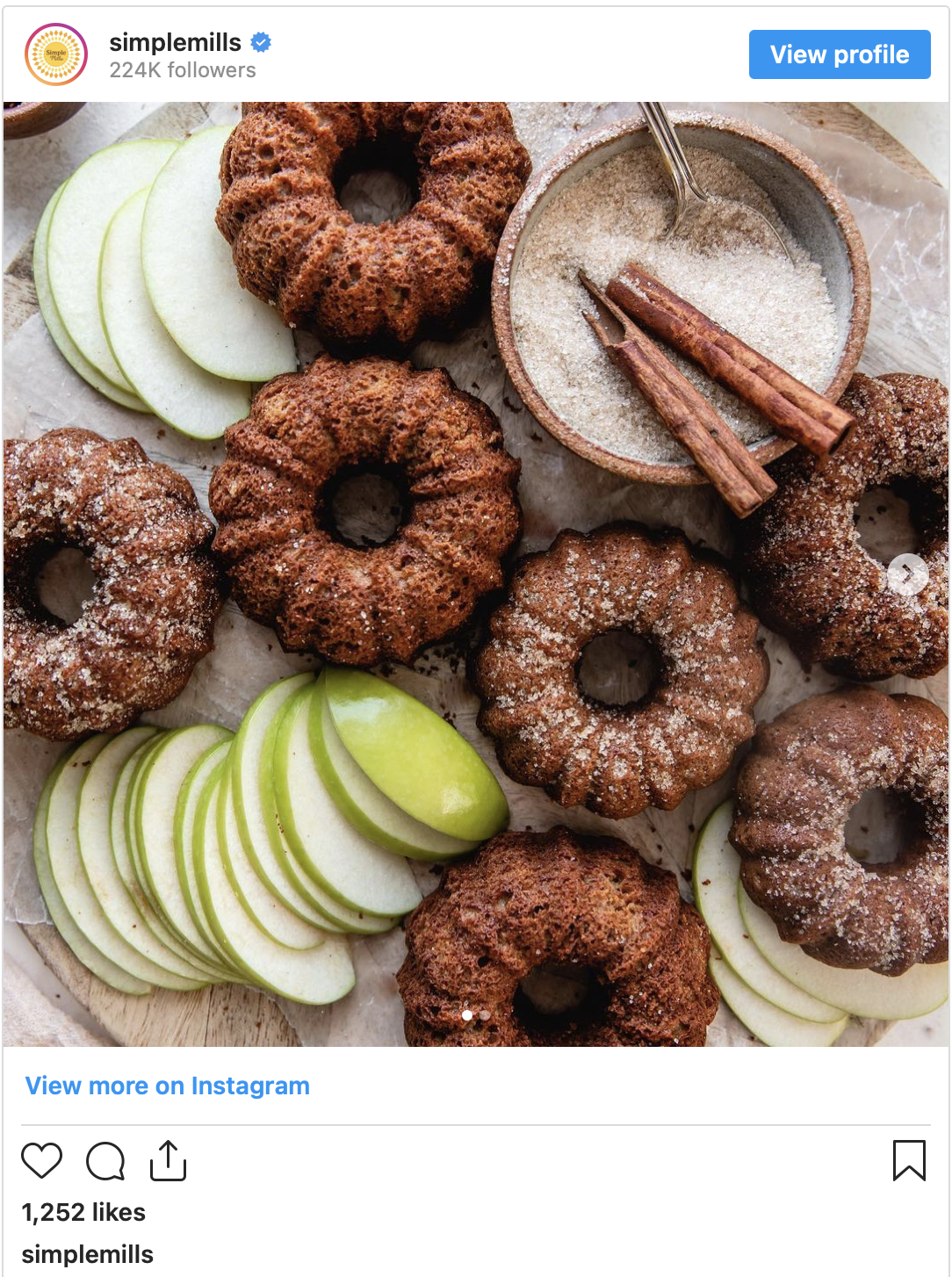
Furthermore, their products feel and taste like the real deal. From cookies to crackers, Simple Mills knocks it out of the park.
Considering how difficult it is to find paleo desserts, I love Simple Mills cookies. These are a phenomenal treat to leave by the fireplace for Santa, especially when paired with the next item on the list.
These guys are widely available, from Whole Foods to Target. If you can’t find em’, consider ordering online from a site like Thrive Market, which provides health-conscious food products at lower prices through a Costco-style membership program.
If you feel inflamed or just generally worse after consuming dairy, you may be reacting to the A1 Casein protein found in high amounts in American dairy.

This protein is different in structure from the protein found in human, goat, and many other animal milks. It is also similar in structure to gluten, and if you have a gluten sensitivity, this may be fueling your dairy sensitivity.
Not everyone wants to switch to goat’s milk, which is often more sharp in flavor, but thankfully there are companies selling all A2 casein cow’s milk. The A2 Milk company is pretty easy to find and is even on the shelves of Walmart these days.
Not worried about Casein but you are sensitive to lactose? No worries, try Fairlife milk. They don’t advertise it on their bottles, but Fairlife milk is lactose-free. My Dad gets bad gastrointestinal problems if he drinks milk, but he can consume Fairlife products with no issue.
These are also available in most stores.
I told you you’d see these guys a few times on this list. One of the most annoying things about going gluten-free can be the lack of crackers.
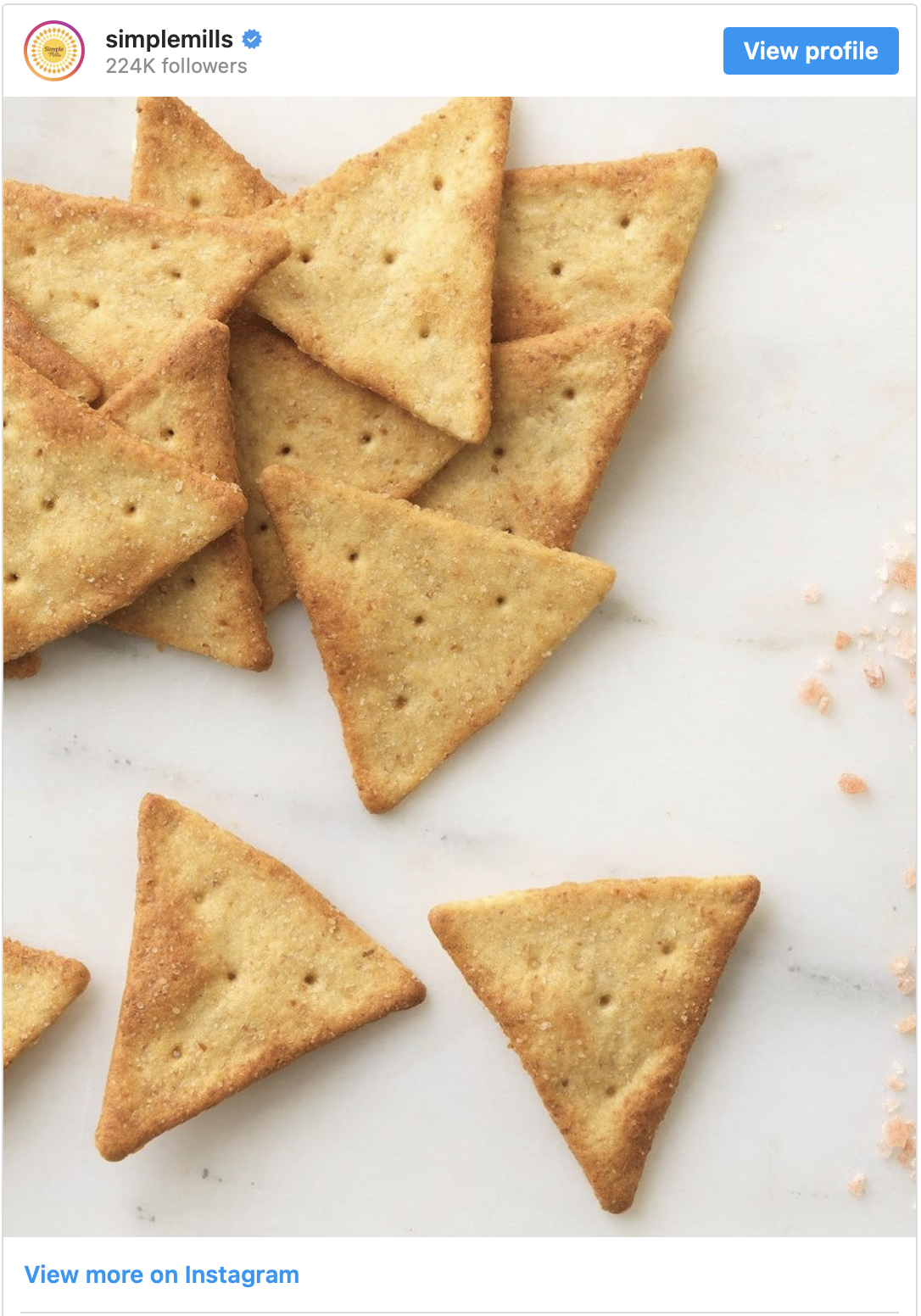
Cold platters of meats and cheeses are an awesome part of the holiday feast that many people can enjoy even if they can’t eat gluten, but if you’re like me, it feels strange not having that decadent, crunchy base that is a perfect cracker.
Not to mention all the awesome and healthy dips you have to miss out on, such as guacamole or hummus.
Simple Mills saves the day again here. I love their rosemary almond crackers, but they have several different crackers to choose from. Frankly, I think you should look for Simple Mills first for any gluten-free pantry alternatives.
Simple Mills & King Arthur Flours
Okay, like I said, this isn’t a recipe article. However, I am aware that many of you are chefs, at least for the holidays. If you are in need of bread and are going to make it yourself anyway, I strongly recommend using Simple Mills Artisan Bread Flour.
This bread flour creates one of the best gluten-free breads that I have ever found, and it’s fairly versatile as a flour replacement as well.
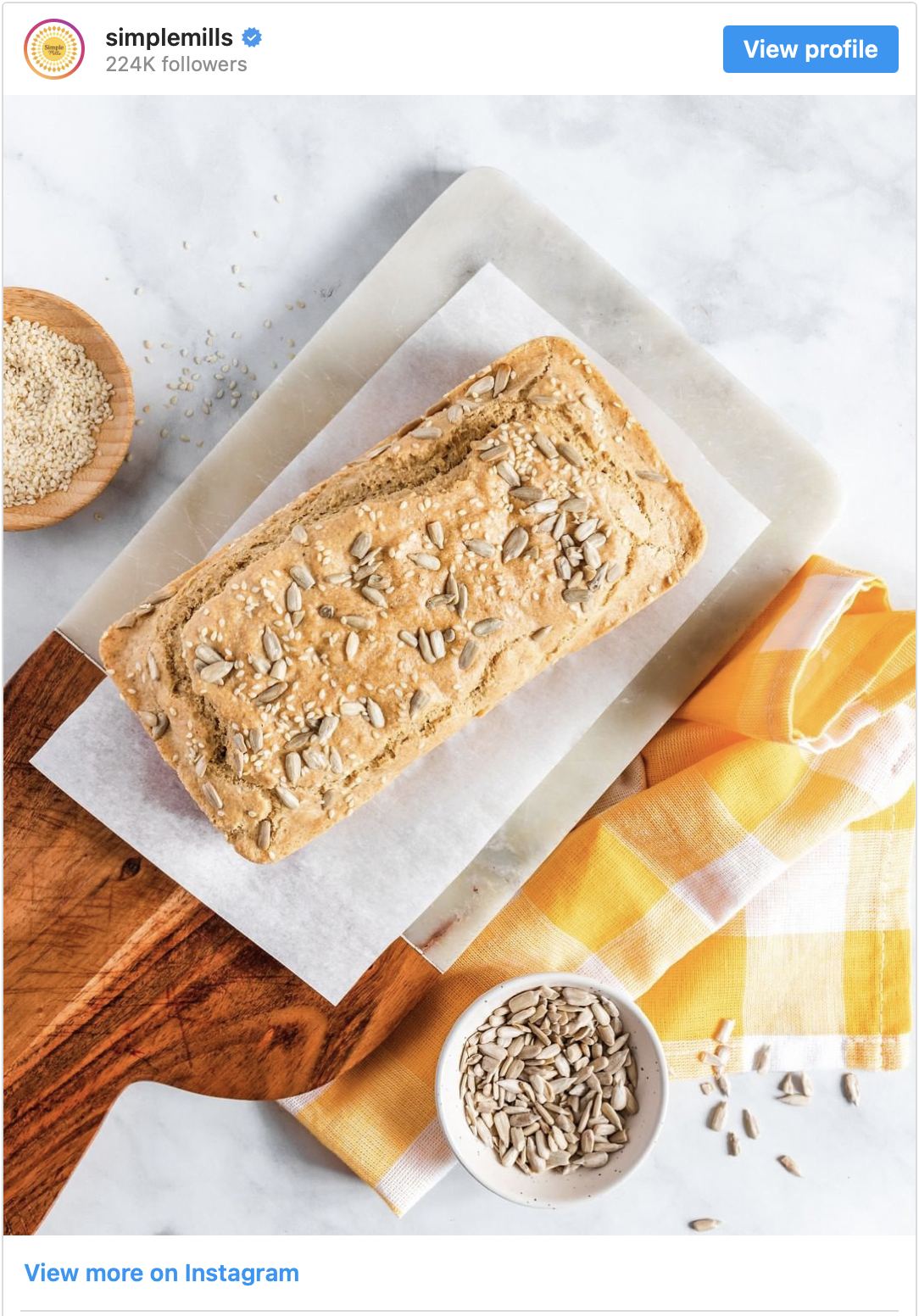
The other brand I strongly suggest is King Arthur Flour. They make flours for all occasions and aren’t strictly gluten-free, but they do have such options.
If you’re bold or love cooking, one of my favorite things to do is make authentic sourdough using King Arthur’s mixes.
Sourdough bread is lower in gluten when made properly, but unfortunately, supermarket sourdough is almost always fake. The reason is that sourdough bread requires several hours of fermentation when it is made correctly and has a low shelf-life.
This fermentation process creates resistant starches in the bread, which makes it a great option for use in the second-meal effect mentioned as a tactic earlier in this article.
Now, there is likely still some gluten content in sourdough even when it is made correctly, so I still pair it with the Gluten Guardian supplement. However, I love bread, and I love sourdough the most.
Home-made sourdough is delicious and an incredible way to get your bread fix this holiday without consuming massive amounts of gluten.
I make mine using King Arthur Sourdough starter and their crock. If you have some time and want to go completely gluten-free, you can make a gluten-free starter using their recipe here. For the flour itself, I use King Arthur Gluten-Free Flour.
For a recipe on how to make the sourdough itself, either follow King Arthur’s classic recipe but using the gluten-free flour and starter, or try their flatbread, or sourdough English muffin recipes.
King Arthur has phenomenal recipes for gluten-free baking in general, so if you’re trying to figure out gluten-free pie crust or sandwich bread, look no further. Here is their entire gluten-free recipe section.
Conclusion
So there you have it, a whole article on how to protect yourself from weight gain and unhealthy eating during the holidays — without actually changing your holiday feast.
I realize that most of the time people write guides on how to eat keto or adhere to a special diet during the holidays, but in my opinion, that’s a losing battle.
If you can maintain your diet during the holidays, I think that’s great, but it’s not worth it if you have to avoid holiday gatherings or skip out on time with your family.
Instead, I suggest leveraging exercise, movement, fasting, protective supplements, and easy food-swaps to armor yourself and mitigate the damage.
From exercising hard on the day of the feast to eating resistant starches a few hours prior, these are the techniques I use to stay healthy during the holidays. I find they work great for me at avoiding the pitfalls of blood-sugar spikes and poor eating that typically occurs during this time of the year.
I hope these tips were helpful, and as always, good luck with your health and fitness journeys — and happy holidays!


